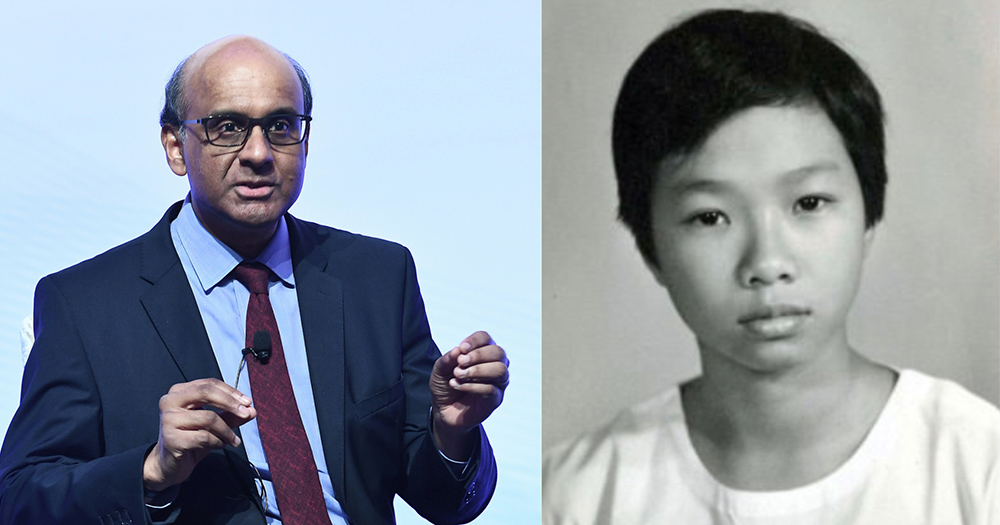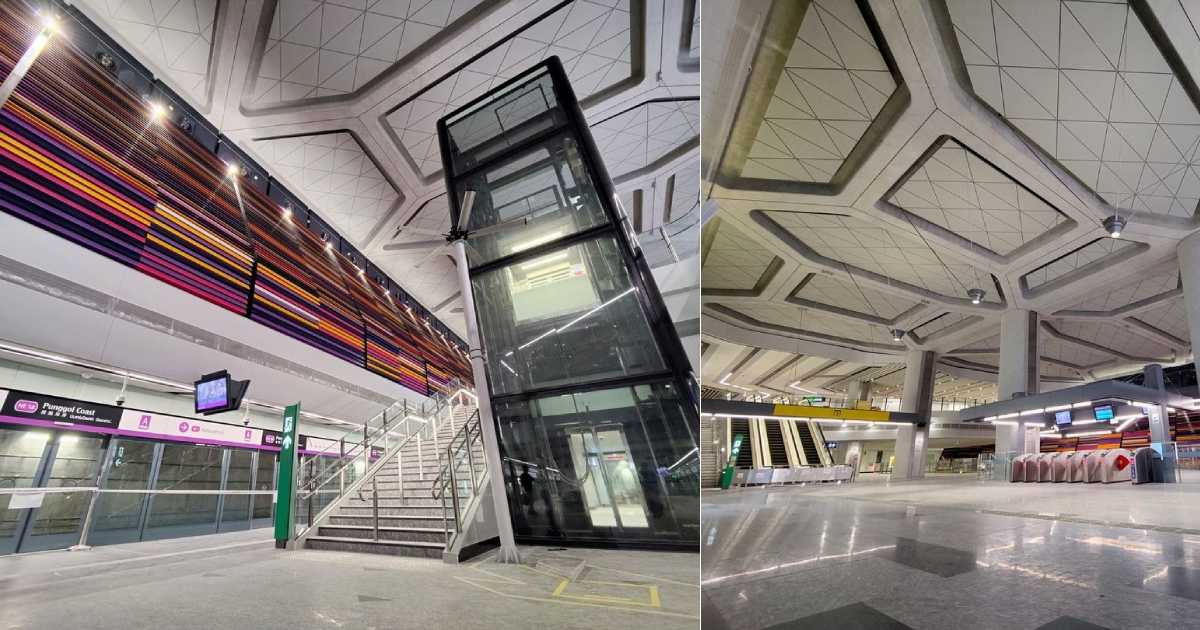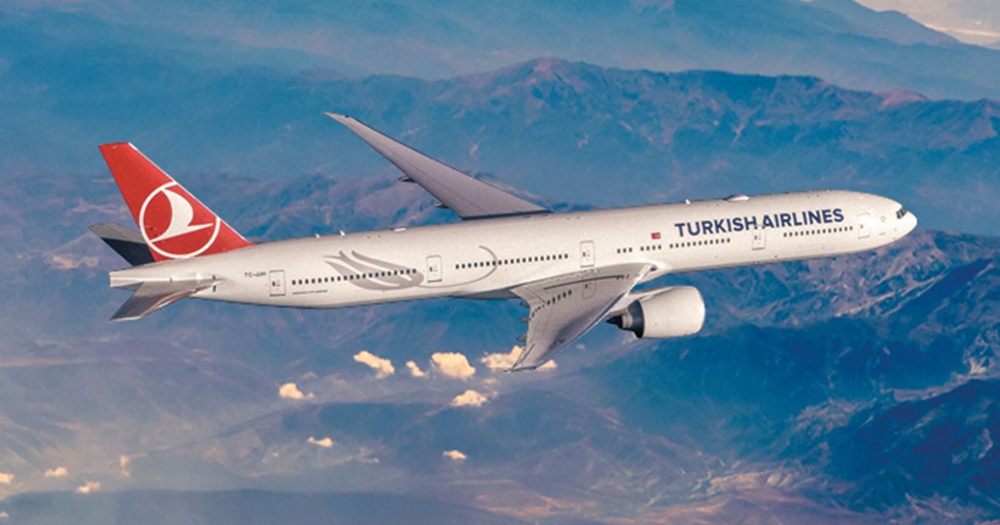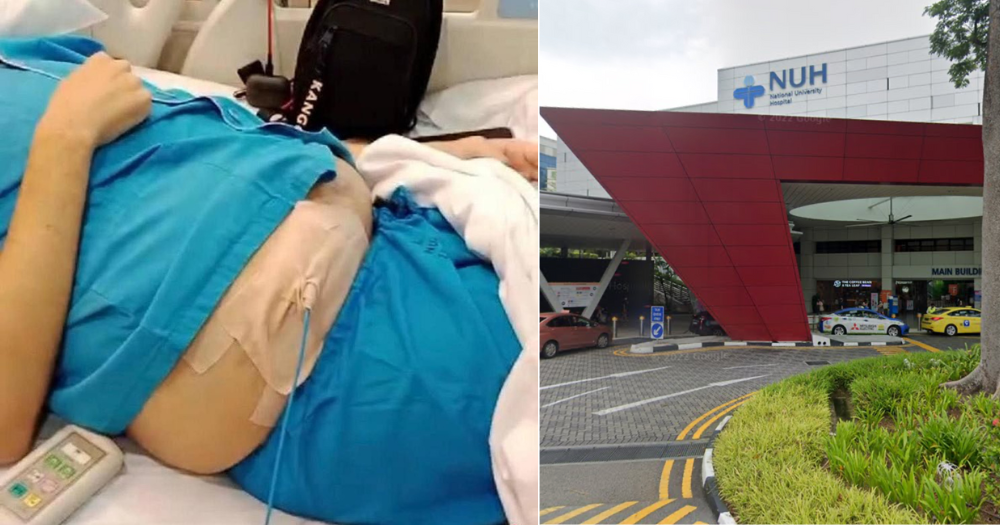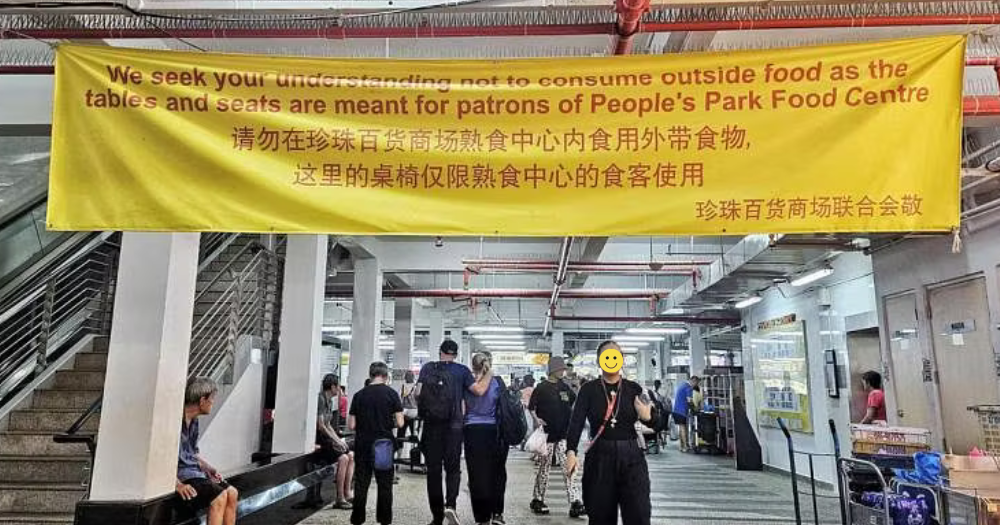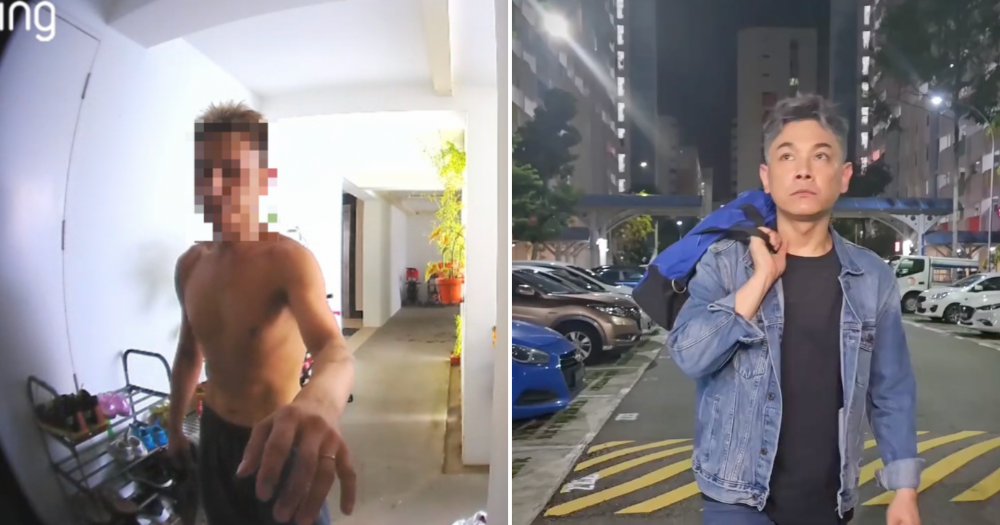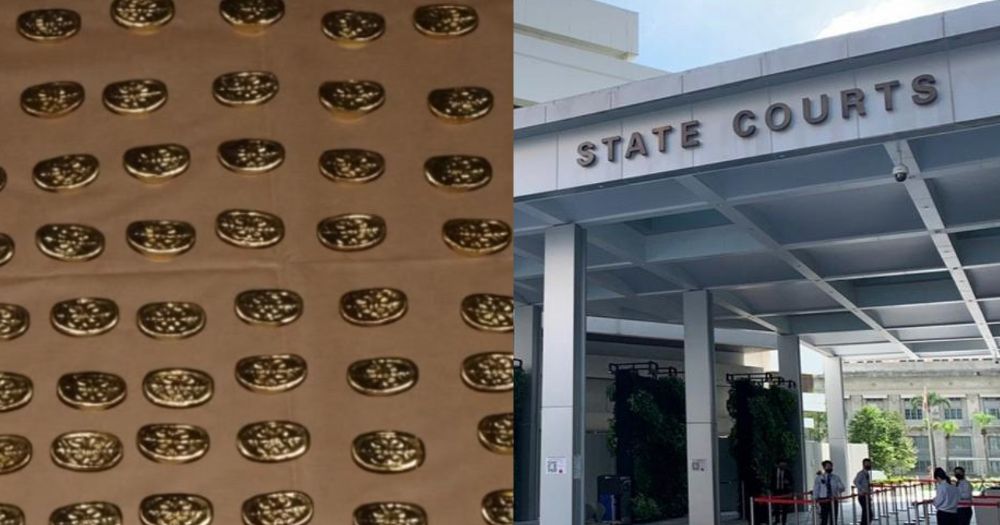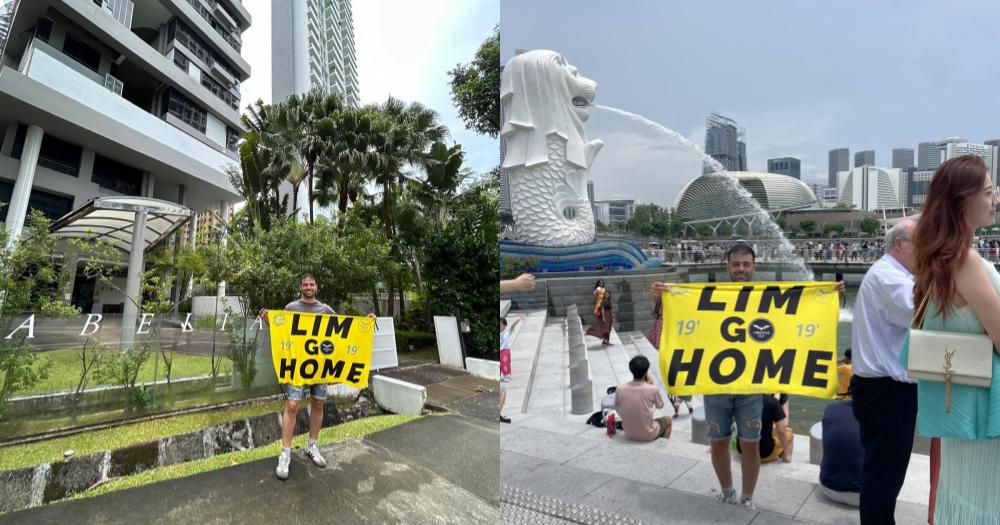S'pore PHV driver of 8 years says earnings stable over the years, based on how much work one puts in
Hustle.
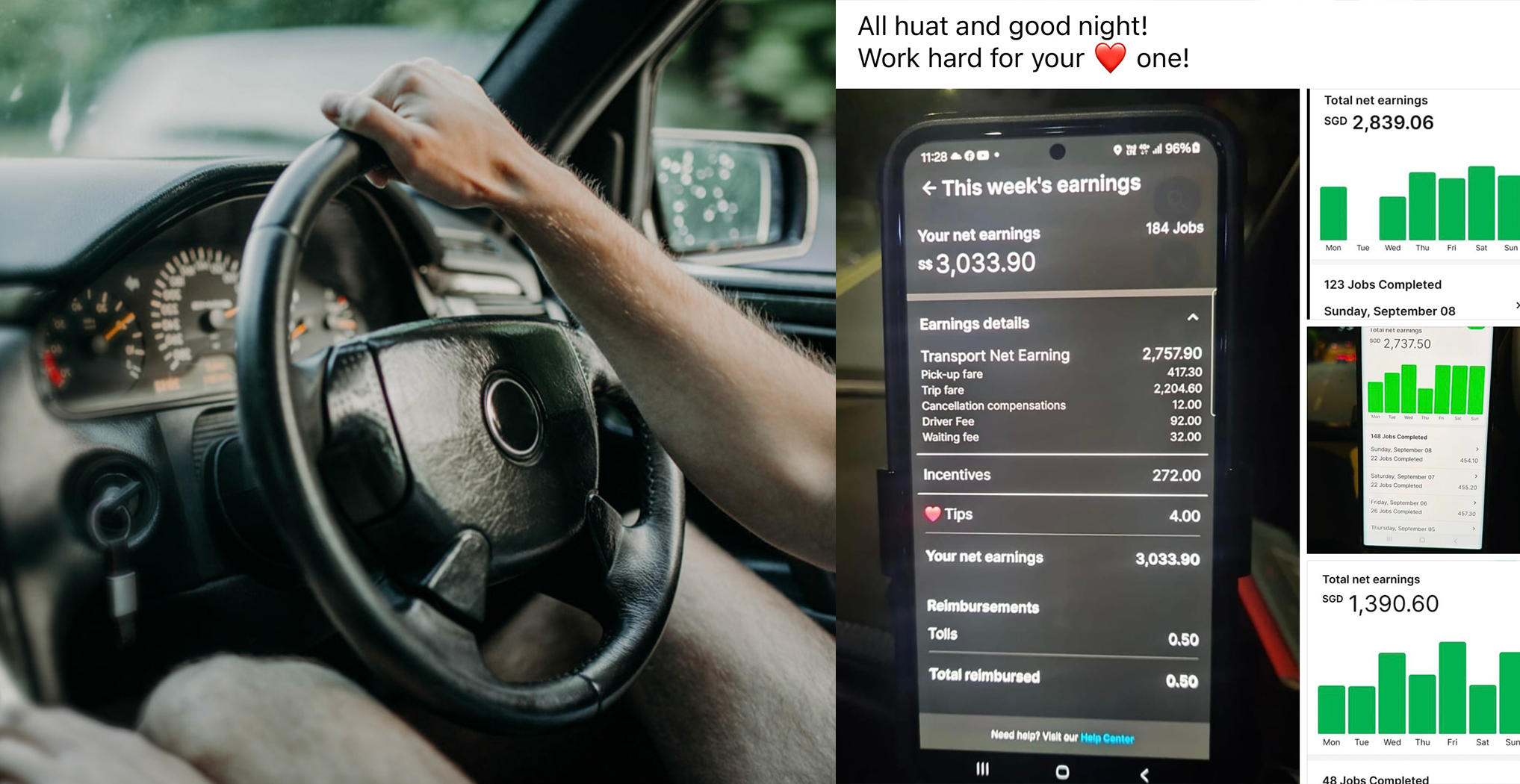
Danny Hui, a private-hire vehicle (PHV) driver since 2016, has seen the industry through its ups and downs.
But while some drivers have reported a drop in demand and their takings, his earnings from fares have remained "very stable till today", he claimed, in an interview with Mothership.
He also said he wanted to provide his perspective in this current discussion about PHV drivers and their vocation.
Semi-retiree driving PHV
The 58-year-old shared that he earns up to S$1,390 a week "on semi-retired mode", not accounting for fuel, vehicle's depreciation, and other miscellaneous costs yet.
He said he used to be a four-seater driver and is now a premium vehicle driver.
He owns his car.
As an administrator of a small Facebook community of like-minded PHV drivers, he said the members encourage one another and share tips on how to do their best.
He also shared that some of his fellow drivers have managed to accumulate weekly earnings of S$2,735, S$2,839, and even S$3,033.
These earnings are inclusive of incentives given out to drivers for hitting certain targets, Hui said.
He shared that he is using the Grab driver app and is in the ruby tier, having fallen from the sapphire tier after dialling back on his hours.
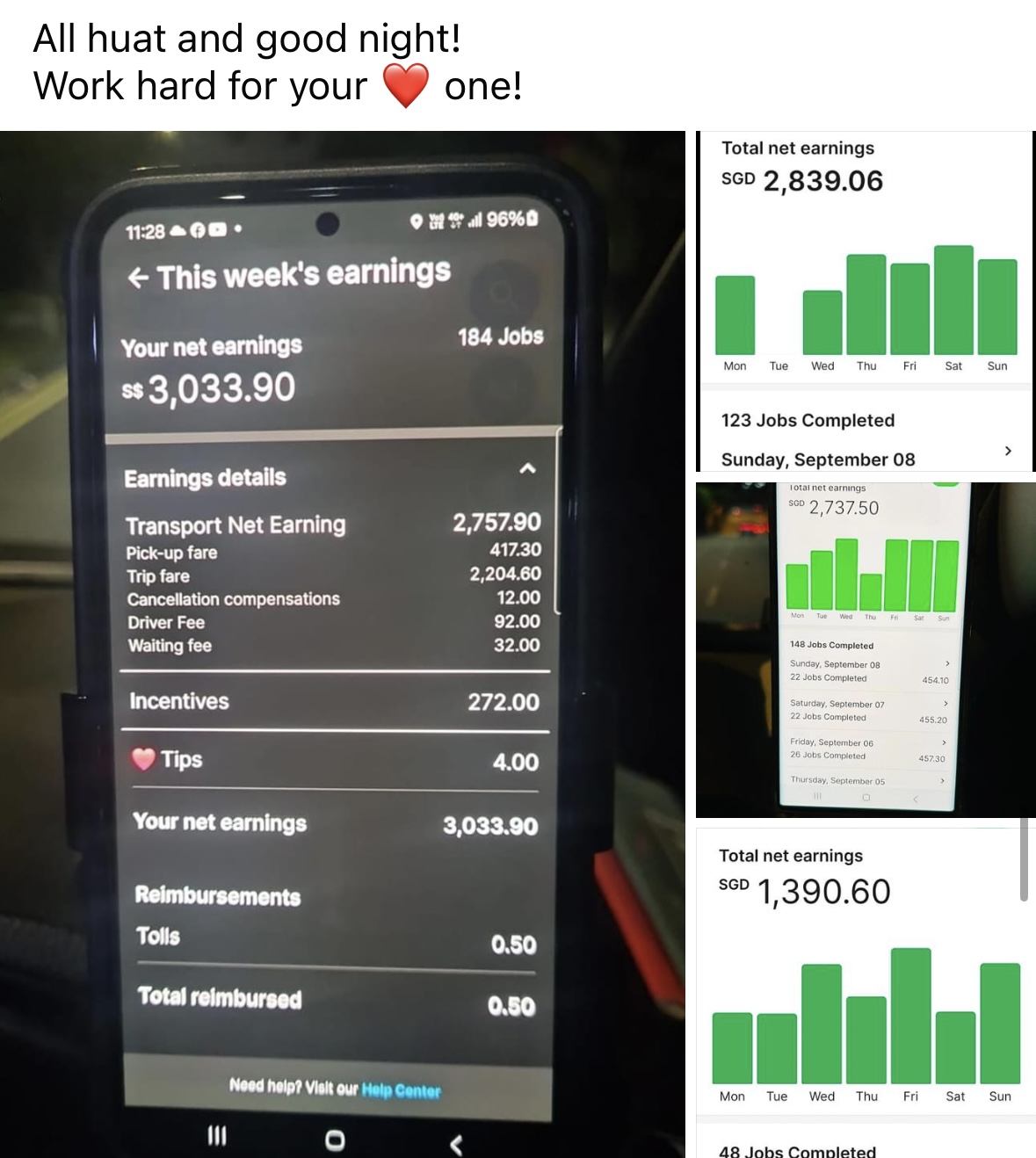 Image from Facebook group
Image from Facebook group
"Usually, [we] drive at an average of 10 to 12 hours a day," he said.
"Some days are good, some days are bad, but at the end of the week we hit or even exceed the targets we set."
Hui said the 184-job, S$3,000-plus weekly earnings screenshot was sent to him by a premium vehicle driver, who took Hui's advice on what they should do to earn more.
A 184-job week comes up to an average of about 26 trips a day completed.
The Grab drivers app has a tiered system to sort its stable of drivers.
The tiers, in ascending order, are emerald, ruby, sapphire, and diamond.
Diamond tier drivers are typically full-time PHV drivers, it is understood.
Wrong strategy
Hui also said he believes that data on lower earnings are reported by drivers who prefer to only drive during peak periods, when there is surge pricing.
During off-peak hours, they will instead park their cars and wait, he claimed.
"That's all wrong strategy because they are wasting and throwing their time away," he explained.
"In my [community], we drive with time management.
Time is money. We aim for the shortest hours while hitting our targets, but other drivers only want good and high fares."
He explained that with good time management, the drivers in his community can hit their targets while having time to spend with their families.
One member, who reported that he earned S$534 in a day, did so by driving between 250km and 350km, he said.
He added that "it can't be high fares 24 hours".
"Someone must accept five, six, seven-dollar fares."
PHV drivers have the option to accept jobs both manually and automatically, where they get assigned trips and can choose to cancel it.
However, cancelling too many trips too frequently can adversely affect drivers, it is understood.
Community of drivers
Hui said he only focuses on positive dialogue in his Facebook community.
He added that he does not allow "negative members" into the group as it will demoralise others.
In the group of roughly 500 PHV drivers, members share encouraging messages and screenshots of their earnings.
"Not to hao lian (show off), but to boost morale," Hui said in one post.
Hui also posts about topics like buying versus renting a car, and how to get the best fuel deals.
"My group not many posts cos we concentrate on driving, instead of spending time to post and complain," he quipped.
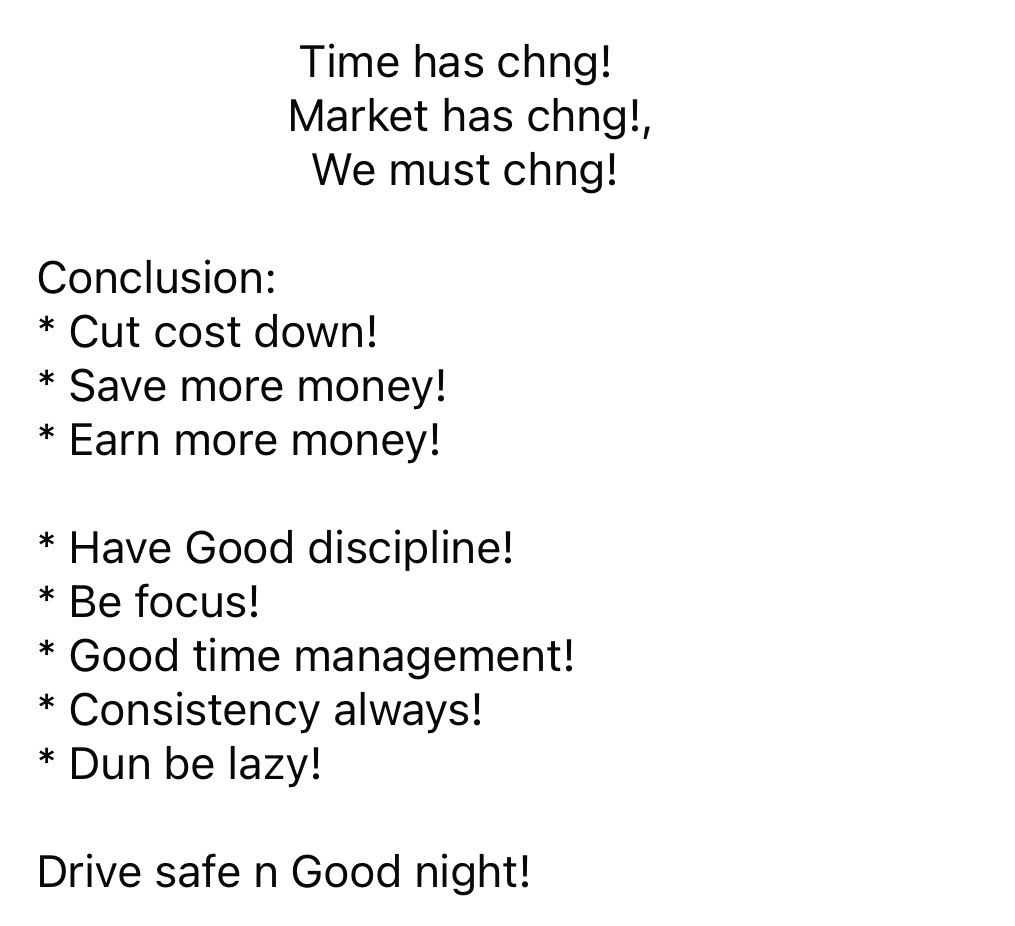 Image from Facebook group
Image from Facebook group
Lower earnings...?
In Parliament on Sep. 11, Tampines GRC Member of Parliament Desmond Choo said some drivers reported that their earnings have dropped by over 30 per cent in the past six months.
In response, Minister of State for Transport Amy Khor said this dip must be taken "into context", as fares are subject to seasonal fluctuations in demand.
Khor also acknowledged that the number of active private-hire cars and taxis rose by 8 per cent over a one-year period, but in comparison, the average daily number of passenger trips increased by just 1 per cent.
As such, drivers' earnings have been moderated, she said, adding that point-to-point fares are now back to 2022 levels.
In response to this latest parliamentary exchange regarding PHY drivers and earnings, Hui said he would prefer less regulator intervention.
Top image from Grab/Facebook and Danny Hui
MORE STORIES








